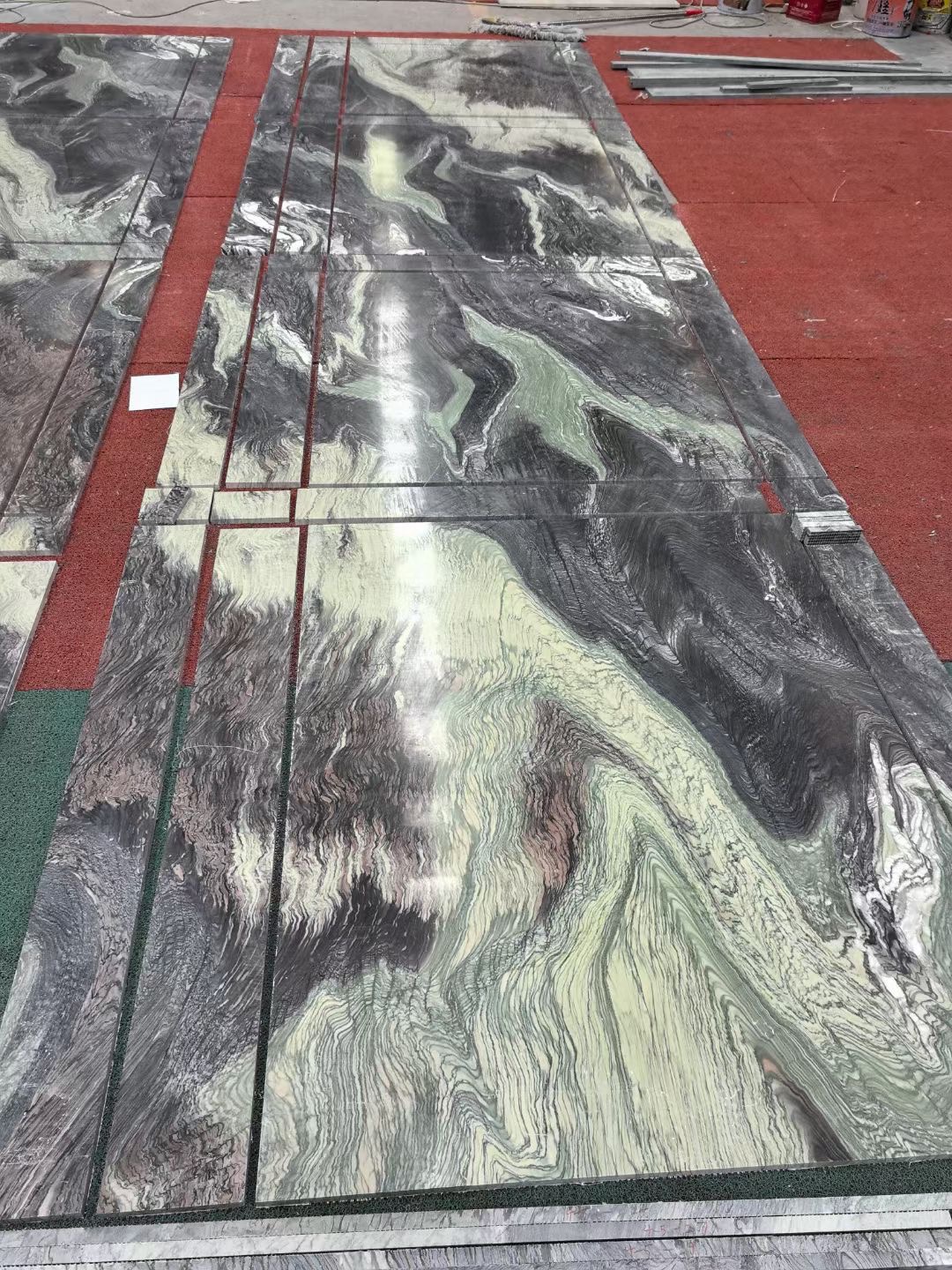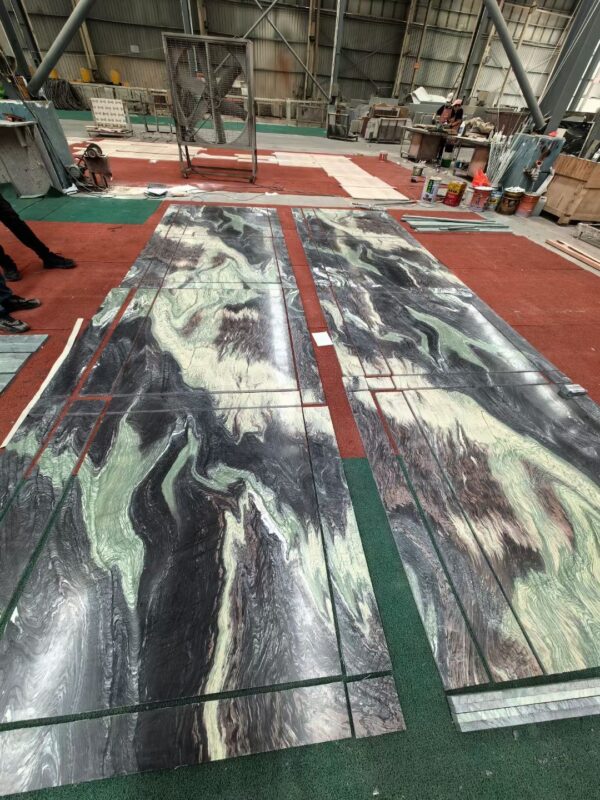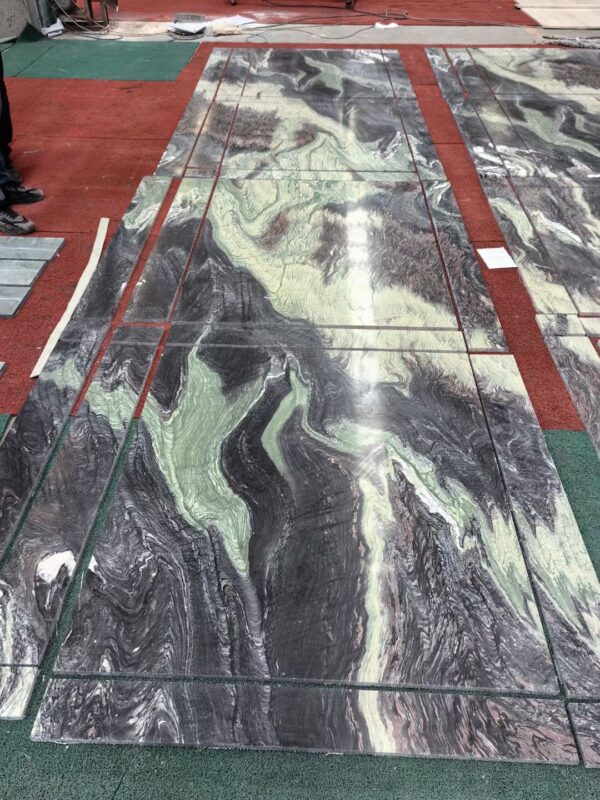Blog
China Marble vs. Italian Marble: Comparing Quality and Cost

Marble has long been the cornerstone of luxury in architectural design, evoking a sense of grandeur and opulence. With numerous varieties available globally, two significant types often considered by buyers are China marble and Italian marble. Each has distinct characteristics, and understanding their differences in quality and cost is essential for making an informed decision.
Quality: The Essence of Marble
Italian Marble: Italian marble is synonymous with high quality. Sourced from the rich quarries of Tuscany, Veneto, and Lombardy regions, Italian marble like Carrara, Calacatta, and Statuario are renowned for their superior finish, intricate veining, and rich history. The natural conditions in which Italian marble forms often result in a hard-wearing stone with a unique luster that is highly sought after by architects and designers.
China Marble: China marble offers a broader range of color patterns and is known for its flexibility in applications. While it might not have the same crystalline structure as its Italian counterpart, advancements in quarrying and processing have enhanced its finish and durability, making it a competitive option in the global market.
Cost: A Critical Comparison
Italian Marble: Italian marble is often viewed as a premium material and commands a higher price in the market. The cost not only reflects the quality of the stone but also the heritage and craftsmanship associated with Italian quarrying traditions. Transporting Italian marble can also add to the overall cost, particularly for projects located far from Italy.
China Marble: In contrast, China marble is generally more cost-effective. This affordability is due to the lower labor costs in China and the efficiency of the country’s stone-processing technology. For those on a tighter budget or requiring larger quantities of marble, China marble presents a viable alternative that can mimic the aesthetic of Italian marble.


Use Cases: Where to Utilize Each Type
Italian Marble: Due to its superior quality and unique beauty, Italian marble is often reserved for statement pieces and areas where luxury is paramount. Think grand entranceways, bespoke kitchen countertops, and opulent bathrooms. It’s also a staple in historical restorations and high-end retail spaces.
China Marble: China marble’s durability and a wide range of patterns make it suitable for larger commercial projects where cost-effectiveness is essential. It’s also ideal for residential projects that desire the marble aesthetic without the steep price tag.
Maintenance: Longevity of Marble
Regardless of origin, marble requires maintenance to preserve its beauty. Italian marble, with its denser composition, may have a slight edge in terms of longevity and resistance to wear. However, both types of marble need regular sealing and should be cleaned with pH-neutral products to prevent etching or staining.
The Bottom Line
When deciding between China marble and Italian marble, consider the application, desired aesthetic, and budget. Italian marble is the go-to for an unrivaled luxurious look and feel, whereas China marble offers practicality and affordability without significantly compromising on style.
Ultimately, the choice between China marble and Italian marble should align with the project’s specific requirements, the ambiance you wish to create, and the return on investment you anticipate. While Italian marble may have a legacy unmatched by any other, China marble’s strides in quality improvement make it a strong contender in the global market.

